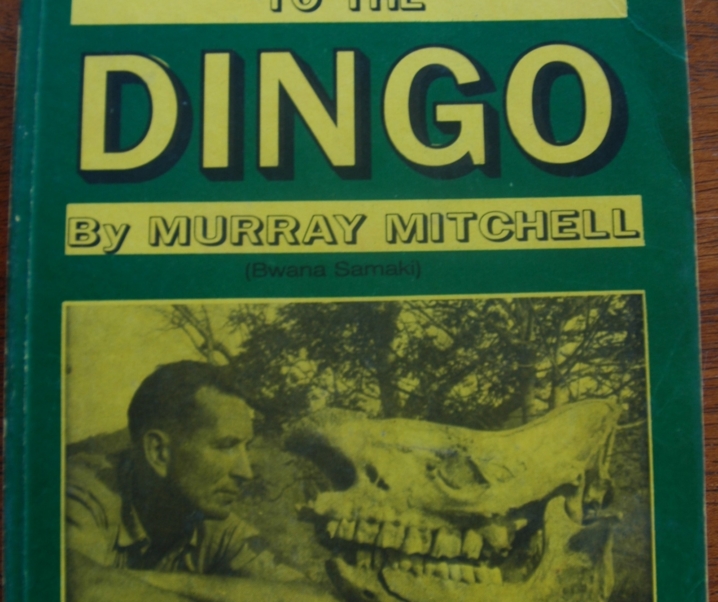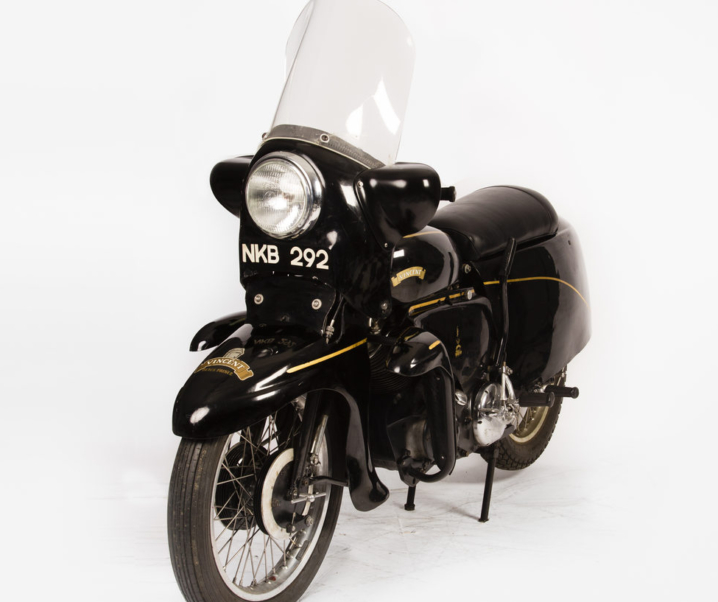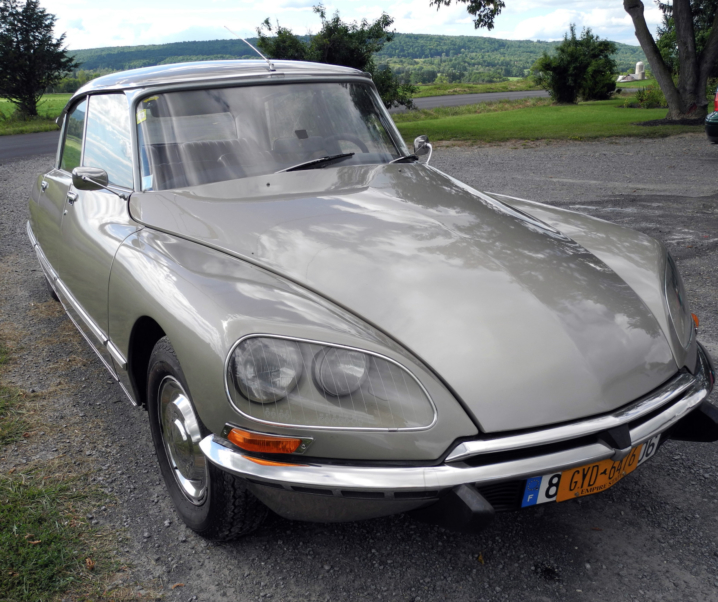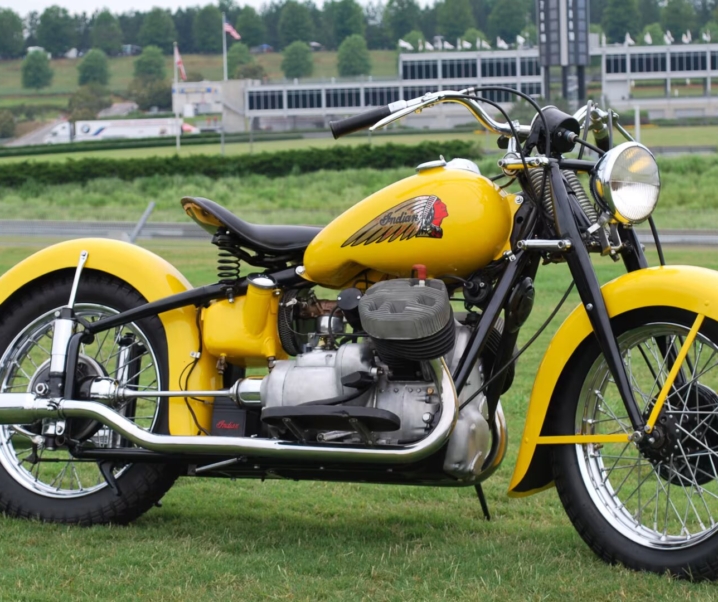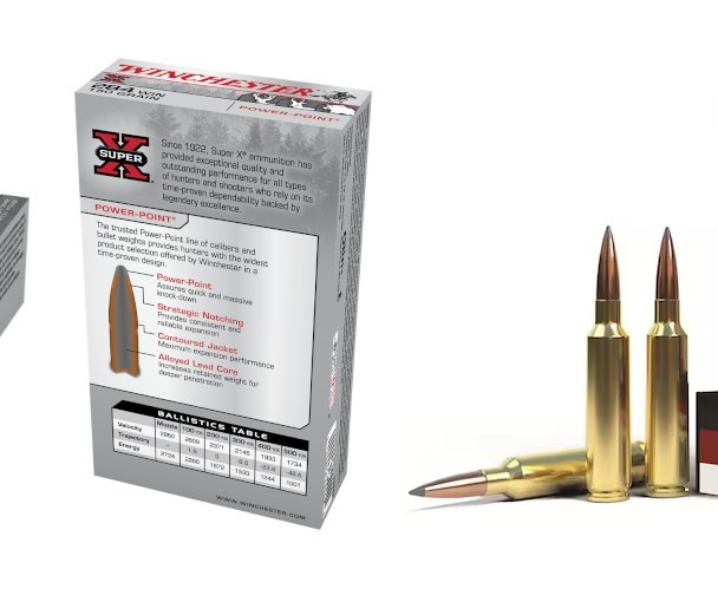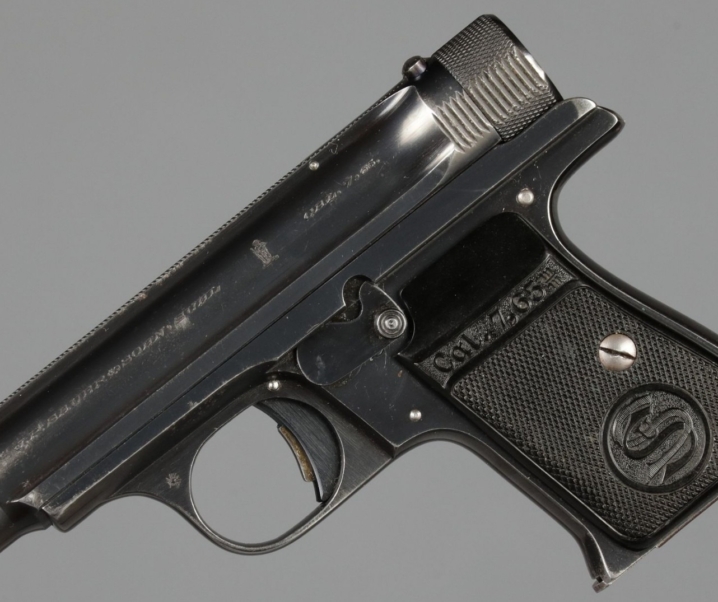Introduction: the “Pre-64” but “Post-47” Winchester Model 70
The Winchester Model 70 made its debut in 1935, having been the result of over a decade of development and field experience work provided by its predecessor, the Model 54. In 1935 however the Model 70 was still very much a work in progress as the early models were essentially an improved Model 54. It was not until 1947 that some of the most important changes were made to the original Model 70 design, the changes that set it apart as one of the greatest sporting bolt action rifles ever made.
The 1947 Model 70 did away with the double-radius tang of the Model 54 which was similar to the Mauser 98, and replaced it with an improved design that sat atop the inleted wood both eliminating stock splitting problems and improving bedding. Also to improve the action bedding the front guard screw was relocated so the flat bottom action with its integral recoil lug was fitted into the stock in accordance with the best practices that had been discovered by target shooters.
The improvements in the bedding were almost invisible improvements to the rifle but were some of the most important. There were two changes that people noticed quickly however; the new bolt stop which enabled the use of the new single stage trigger, and the replacement of the old style flag safety catch with the new three position safety catch which operated in the horizontal plane. The trigger and the Model 70 three position safety catch were the two visible changes that rapidly defined what a “Model 70” was and why it was superior to most everything else.
1956, the .458 Winchester Magnum Makes its Debut
By the end of the Second World War there were a lot of dynamics happening that were to profoundly affect big game hunting both in many countries in Africa, and also in Asia. The British Empire was morphing into the British Commonwealth as the colonies became independent nations, often with much bloodshed, especially in Africa, with the result that big game hunting there progressively almost came to an end. The Indian royalty that once kept the British gun trade busy and profitable vanished as big game hunting in India ceased, while other parts of Asia where hunters had previously gone turned into war zones, Indo-China being an example.
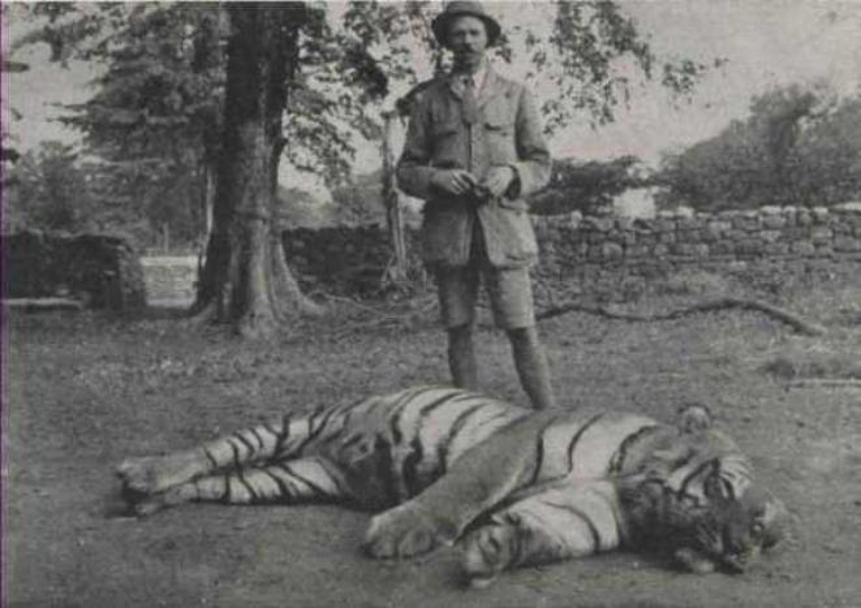
The rapidly changing political situation, wars and communist insurgencies served to bring big game hunting to a near stop in many places with the result that the British gun trade was placed under a great deal of pressure. Added to that ever tighter laws restricting the possession of hunting rifles also served to strangle the British gun trade so that those who survived did so primarily by making double barrel shotguns which were not so heavily restricted. Ultimately this would lead to an end of British manufacture of big game hunting ammunition with Kynoch ceasing production of sporting rifle ammunition by 1970.
Over in the United States Winchester could see that the writing was on the wall for big game hunting, and could see the impending difficulties faced by the British gun trade. Winchester also understood that there were American sportsmen and women who would still travel and find big game hunting opportunities and who would need suitable rifles and ammunition, so they created the largest of their line of belted magnum cartridges, the .458 Winchester Magnum and released it onto the market in 1956.
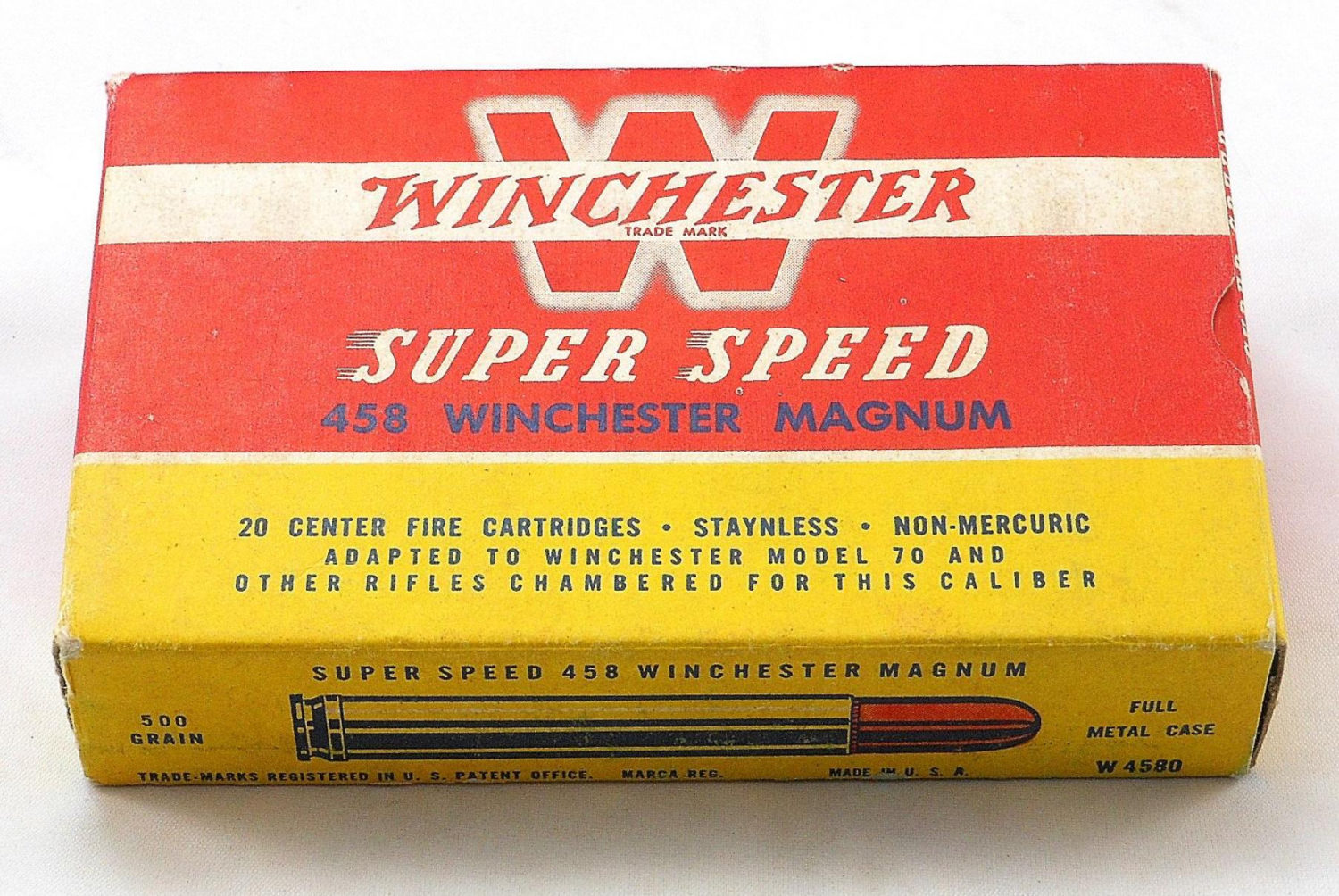
The .458 Winchester Magnum was designed to deliver the same performance as the British .450 Nitro Express, which fired a 480 grain bullet at a muzzle velocity of 2,150 fps. The .458 Winchester magnum can accomplish this with ease, and delivered this performance in the affordable Model 70 magazine rifle. The .458 Winchester Magnum was made to fit a standard length (i.e. 30-06 length) action and was the first and largest of Winchester’s family of belted magnums which would include the .338 Winchester Magnum (1958), the .264 Winchester Magnum (1959) and the .300 Winchester Magnum (1963). The cartridge took advantage of the original British Holland & Holland design which used a belt ahead of the cartridge case extractor groove to provide headspacing equivalent to using a flange or rim.
By 1970 the .458 Winchester Magnum would be the only over .40 caliber big game rifle cartridge in production and it would remain so for decades.
A Winchester Model 70 “Super Grade African” .458 Winchester Magnum made in 1956

With their introduction of the .458 Winchester Magnum cartridge Winchester also released a world class rifle to fire it in, the Model 70 in their African and Super Grade African models. The Winchester African was designed not only with sporting hunters in mind but also game wardens, farmers and professional hunters who had a need for affordable, reliable rifles for game management. As the supply of ammunition to feed the existing inventory of British double and magazine rifles progressively dried up the Model 70 African in .458 Winchester Magnum became all the more popular.
The Winchester Model 70 had already established an excellent reputation for itself in Africa prior to 1956, especially in .375 H&H Magnum and .300 H&H Magnum. The addition of the more powerful .458 Winchester Magnum chambering was both needed and appreciated.
The rifle pictured above and below is a 1956 made Winchester Model 70 Super Grade African chambered for the .458 Winchester Magnum.
This rifle is coming up for sale by Rock Island auction on February 15th, 2019.
You will find the sale page for this rifle if you click here.
The condition of this rifle is described by Rock Island auction as follows:-“NB – EXCELLENT- near new condition 95% – 98%, used but little, no noticeable marring of wood or metal, bluing near perfect (some wear at muzzle or sharp edges can be expected). NPRF – NON-PROFESSIONALLY REFINISHED/COLD BLUE, ETC.”
The rifle is expected to sell in the range USD$4,500-$6,500
In total there were only 1,226 Model 70 “African” rifles produced.

Conclusion
The Winchester Model 70 African in .458 Winchester Magnum filled the role for a big game hunting and dangerous animal control rifle in the decades when the British ammunition was no longer in production. By the time the .458 Winchester Magnum was introduced in 1956 the Model 70 had been thoroughly debugged and was one of the best and most reliable magazine rifles extant. The .458 Winchester Ammunition turned out to need some debugging with some problems arising in early lots of ammunition. Rightly or wrongly the problems have been attributed to use of compressed charges of Winchester ball powder and the problems were sorted out. The .458 Winchester Magnum nowadays is an efficient and reliable cartridge with far more flexibility than most of the big game cartridges that have been reintroduced after a period of obsolescence. The .458 Winchester Magnum can be used with light bullets for deer and wild boar/pigs and has been the choice for some hunting the tough Australian Sambar deer. For such use the Woodleigh 400gn PPSN is a good candidate with starting loads around 2,200fps and maximum loads up around 2,300fps-2,400fps: such performance is on a par with the .416 Rigby. The .458 Winchester Magnum can however use much lighter bullets than that if preferred and can be used as a super 45-70 if desired. Such loads are listed by Hodgdon in their load data. (Note: Australian readers check the ADI load data).
The pre-64 Winchester Model 70 has gone down in history as one of the greatest bolt action hunting rifles of all time. A Model 70 Super Grade African in 458 Winchester Magnum and made the same year the cartridge was introduced is a superb collector’s item. But we hope whoever gets it will put it to good use whether that be in Africa, Australia, or for larger deer or bears in North America.

Jon Branch is the founder and senior editor of Revivaler and has written a significant number of articles for various publications including official Buying Guides for eBay, classic car articles for Hagerty, magazine articles for both the Australian Shooters Journal and the Australian Shooter, and he’s a long time contributor to Silodrome.
Jon has done radio, television, magazine and newspaper interviews on various issues, and has traveled extensively, having lived in Britain, Australia, China and Hong Kong. His travels have taken him to Indonesia, Israel, Italy, Japan and a number of other countries. He has studied the Japanese sword arts and has a long history of involvement in the shooting sports, which has included authoring submissions to government on various firearms related issues and assisting in the design and establishment of shooting ranges.




